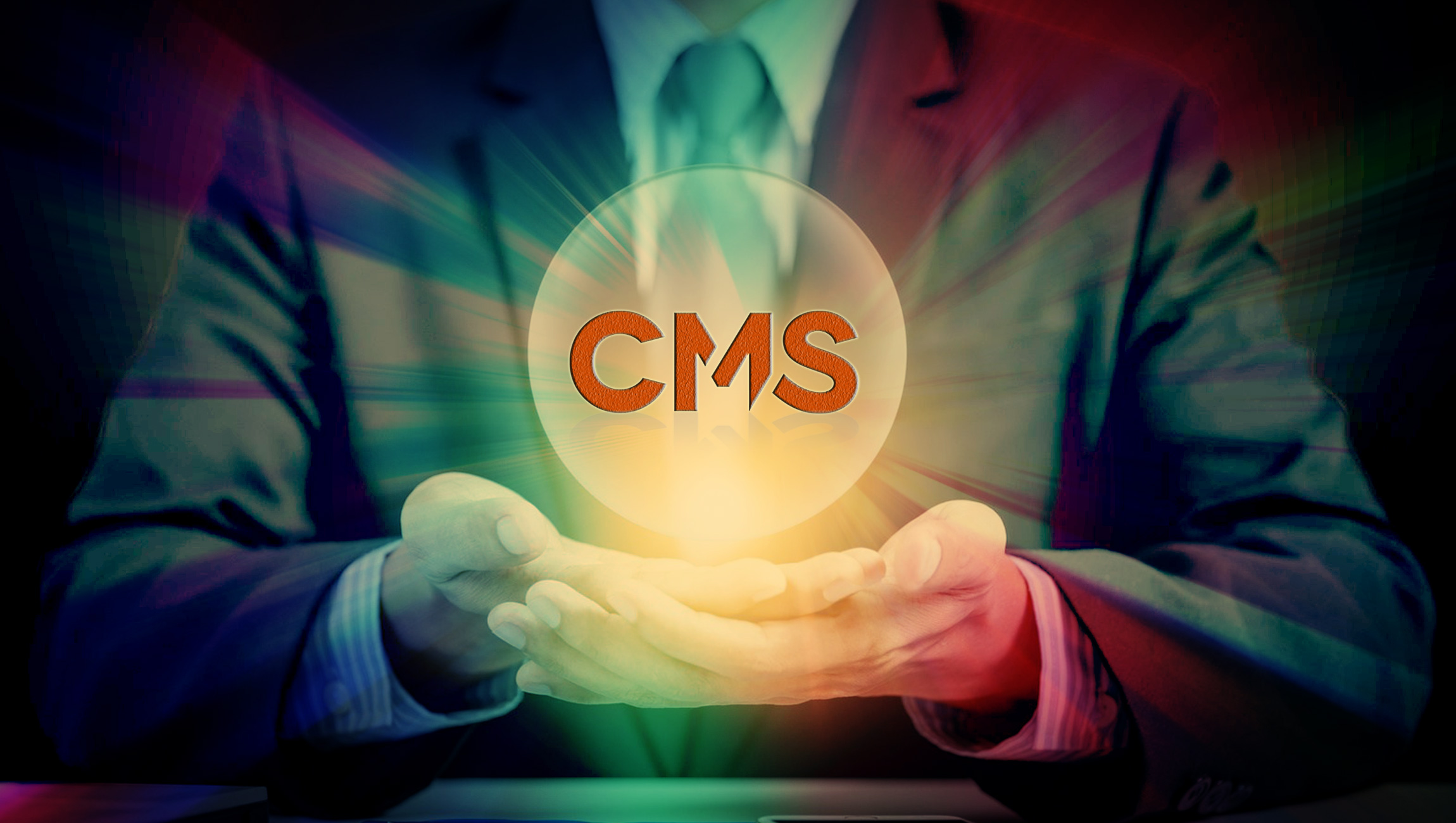Companies that drive revenue by delivering great digital experiences to customers are feeling the painful limits of traditional CMSes. Now, they’re looking at “headless CMS” and beyond for solutions that support agile development, content reusability and personalization.
As with any evolving technology, some headless CMSes offer enterprise-grade features and functionality; some are open-source, and some have limited features that can facilitate experimentation but can’t effectively scale. Because many people don’t understand what a headless CMS is (and isn’t), they tend to attribute the capabilities of leading CMSes to the headless CMS category in general.
So the question is what makes a CMS headless? Why are some e-commerce companies adopting it? And if headless isn’t the whole story behind the hype, then what is?
What is a headless CMS?
Enterprises are now developing websites, mobile sites, apps, digital displays, conversational interfaces and more to ensure they reach their target audiences early, often, and on multiple channels. But traditional CMSes organize content in web page-oriented frameworks, making it impossible for the content to adapt to new digital applications because the content is mixed with code designed for just one digital platform. That means for every new digital product, you need another CMS.
The key difference between headless and traditional CMSes is the separation of the content from code. A headless CMS is any type of Content Management System where the content repository “body” is separated or decoupled from the presentation layer “head” (e.g. a website, app, etc.). Because the presentation layer is separate, you can use the same CMS to manage and deliver content across your digital portfolio.
Separating content from code modernizes how you deliver content, but this only solves part of the challenge. The question remains: How do you organize and manage content for use across different platforms?
Headless CMSes need structured content
Companies need to look for solutions that modernize how content is organized, managed and delivered. Otherwise, they risk getting modern content delivery capabilities that are weighed down by legacy Content Management practices, slowing Marketing and Sales campaigns. In other words, happy developers and frustrated editors.
Traditional CMSes take a page-centric approach to content management storing headlines, body copy and images together in rigid templates. This approach limits your ability to reuse those elements in different layouts and channels. A problem that can persist with headless CMSes that use the same page-centric approach.
To organize content for use and reuse across digital applications, organizations need to move from pages to structured content. This approach starts with a content model that breaks down content into individual elements, such as a blog post headline or the copy on a call-to-action button. You define what elements you need and how they relate to each other. In doing so, you create a flexible content infrastructure that can fit any digital container.
The benefit of headless CMS is flexibility; the added benefits of content infrastructure are extensibility and adaptability. For marketers and Sales teams, a headless CMS approach enables editorial teams to efficiently repurpose content across multiple channels while allowing developers to swiftly integrate their solutions stack with new technology.
Is a headless CMS right for everyone?
If you’re already using multiple CMSes and relying heavily on developers for content changes, a headless CMS with good content infrastructure can streamline content operations and accelerate speed to market. It’s going to eliminate the redundancies inherent in managing multiple CMSes, empower editors and marketers to create new layouts on their own, and free up developers to build in parallel to content creation.
Our customers have already achieved significant success in integrating the headless CMS approach to e-commerce needs. TUI Nordic can now deliver customer touchpoints five times faster than before and has decreased bounce rates by 31% while improving mobile conversions by 11%. When it comes to localization and personalization, Xoom — a PayPal service that provides worldwide money transfers — now only 30 minutes to update content across channels versus their antiquated two-week time frame before using a headless CMS tool and has used the same approach to personalize content across 37 languages and more than 80 locations.
If you’re looking to re-platform, a headless CMS can provide all the benefits you’d expect from a new CMS now, plus it will continue to add value by adapting to your future needs. Instead of stopping to find a CMS for your next product or an emerging channel, you can leverage the investment you already made saving time and money.
Marketers and Sales teams should embrace headless CMSes now
Headless CMSes offer a lot of benefits that developers love. This can lead to the misunderstanding that headless CMSes are for developers and will lack the features and benefits marketers, Sales teams, and other practitioners need.
The opposite is true. A headless CMS with good content infrastructure puts the power to create, manage and publish content back into the hands of editors and marketers, reducing the reliance on developers and can result in Sales growth. Once your content is structured, you can use and reuse different elements to create new layouts and digital products on any digital application (websites, IoT, digital billboards, etc.) without cutting and pasting.
When all content is accessible for use on any digital platform, brands can make the most of features such as personalization and localization — must-haves for e-commerce. Unifying content in one CMS improves brand consistency, compliance, and enables editors to nimbly update content across all channels, making Marketing and Sales campaigns a breeze.
The future is Personalized, Omnichannel content. And traditional CMSes weren’t built for that. Marketers who embrace the modern approach to content management now will get past the learning curve faster, grasp the full potential sooner and leave their competitors behind.
Read more: CDO’s 5 Must-Have Features in a Headless CMS












Comments are closed.